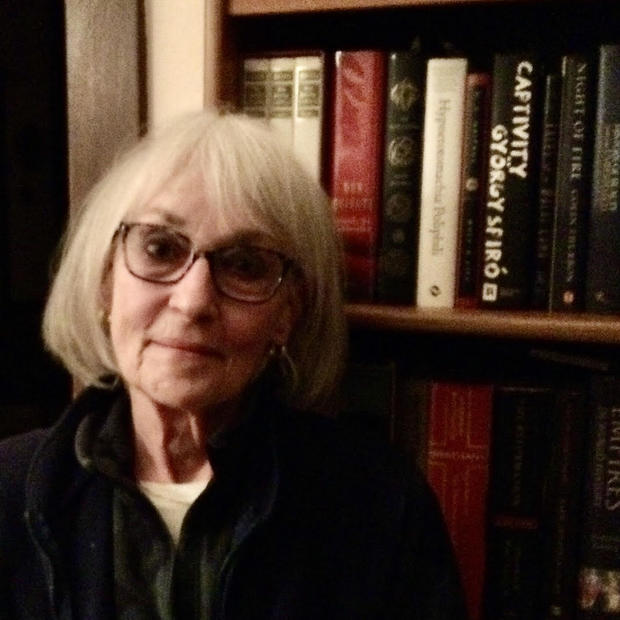More than 400 abandoned suitcases, covered with dust and pigeon droppings, were stacked for decades in the attic of an empty building on the grounds of a mental hospital in upstate New York. They were discovered by workers shortly after the facility closed in 1995.
The luggage belonged to individuals who had been patients at Willard Psychiatric Center at one time or another during a period of almost a century. Most of the suitcases looked as if they hadn't been opened since they were packed. It was as if time had stopped in each owner's life once he or she crossed the hospital threshold.
Darby Penney, an activist for protecting the human rights of people with disabilities, unpacked, studied, and recorded the contents of many of the suitcases, with the help of two associates, psychiatrist Peter Stastny and photographer Lisa Rinzler.
They pieced together evidence from letters and other personal possessions into “The Willard Suitcases: The Lives They Left Behind.” The original exhibition of artifacts has been turned into an eloquent photographic and textual documentary currently on display at the UW's Odegaard Library. It has also been made available in book form.
"The Willard Suitcases" tells the stories of 10 patients and their lives, both in and out of the hospital. Theresa, an immigrant from Germany, depressed and cut off from her family by World War I, ended up in the hospital when she was diagnosed as delusional. Lawrence, a black chauffeur and former boxer, was arrested and then hospitalized after flying into a rage outside a restaurant where he had been served a meal on a broken plate. A window washer, a TB clinic employee, a teacher of French literature, a builder of homes, a photographer — all ended up at Willard.
“It took a lot of digging” to unearth the materials that went into the exhibition, Penney said in a phone interview. “We opened probably 100 suitcases. We could see who these people were and what their lives were like” in details that contradicted the narrow conceptions most Americans have of 'mental patients.' Penney and her colleagues also researched the hospital's history, consulted individuals' hospital files where legally permissible, and found some patients' relatives who were willing to speak on the record.
For Penney, the materials shed light on how people were treated in American state hospitals from the middle of the 19th Century through most of the 20th. "Most stuff about mental illnesses is written by psychiatrists,” she said, but what “The Willard Suitcases” helps to reveal is psychiatry from the patients' point of view. According to the history she assembled there was little actual treatment of mental illnesses at hospitals like Willard.
State asylums were "gulags," she wrote in an email. Willard patients who were able to work grew food for the dining room or performed janitorial duties, all without pay. Care was mainly custodial, with occasional entertainment for the inmates. Then in the 1940s and 1950s, electroshock therapy and anti-psychotic drugs became common.
Many of the people whose stories Penney recovered lived at Willard for decades and died there. Said Penney: “I don’t believe those institutions were or are helpful, those places that close people off from society. People with mental illnesses shouldn't be separated from other people.”
Reform of mental health care wasn't foremost in Penney's mind as she and her colleagues created the exhibition. “The most important thing,” she said, “was to show people with mental illnesses as they really are, as individual persons, in a way that would reach beyond stereotypes.” Her team had “a unique opportunity as authors and curators,” she said, “to reveal the true, complex selves of people who have been written off."
When the exhibition of the original artifacts first appeared in a New York museum in 2004, Penney occasionally mingled with visitors and listened to their comments, hoping to learn what the displays were communicating to the public. She told me, “I remember especially a woman who said to her companion, 'Oh, my God, that could have been me.'”
If you go: "The Willard Suitcases: The Lives They Left Behind," photographs on exhibit through March 18, Odegaard Undergraduate Library, Room 220 (hours, map, directions). Free and open to the public. Lectures and special presentations every Thursday, 6-8 p.m. This week (Feb. 3): Curator Darby Penney, "Suitcases from a State Hospital Attic."


